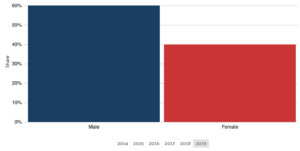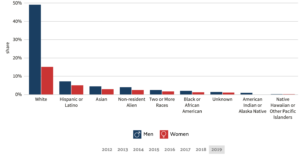Mission
The mission of the Bronx Institute for Urban Systems is to use GIS Education and Systems Planning principles to improve Bronx neighborhoods.
vision
To establish the Bronx as a Sustainable Solutions innovator to adapt to Climate Change.

Introduction/Summary
The Bronx Institute for Urban Systems (BIUS) is committed to increasing the technical expertise of community members and nonprofit professionals by introducing the interrelationship of science, architecture, policy, and planning through the principles of systems planning. We believe Urban Sustainability begins by learning about the ecology of the urban environment, understanding the impact of growing populations, and the impact the development industry has on the natural environment. The mission of the Bronx Institute for Urban Systems is to use GIS Education and Systems Planning principles to improve Bronx neighborhoods. BIUS’s purpose is to educate and advocate for underprivileged communities by incorporating data analysis, mapping, and historical studies using GIS-based services.
SERVICES
Mapping and Analysis
Institutional Development
Technical Assistance to non-profits and companies
Communication and Education





